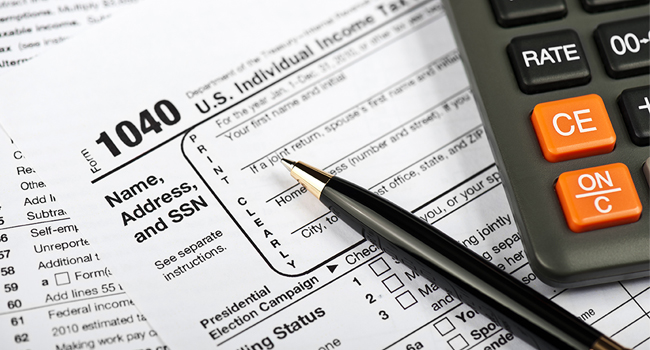
How Safe is Taxpayer Data?
- By Hagai Schaffer
- Feb 05, 2015
 The Treasury Department's inspector general for tax administration stated that the IRS needs to boost its efforts to protect tax payer data, according to a report filed last October. The document states that the IRS does not take adequate measures to secure taxpayer information before sharing it with state exchanges created by Obamacare.
The Treasury Department's inspector general for tax administration stated that the IRS needs to boost its efforts to protect tax payer data, according to a report filed last October. The document states that the IRS does not take adequate measures to secure taxpayer information before sharing it with state exchanges created by Obamacare.
Having tax payer information at risk is nothing new.
Although the vast majority of employees are trustworthy, misuse of taxpayer information can result in legal liability, lost revenues and a tarnished reputation creating a major concern for tax agencies. There are 6000-8000 complaints on average filed each year against IRS employees for civic and criminal investigations according to the US Treasury Inspector General. In 2011 the IRS watchdog, Treasury Inspector General for Tax Administration (TIGTA) announced that 2,200 databases used by the IRS to manage and process taxpayer information were not secure.
As early as 1997, the Internal Revenue Service fired 23 employees, disciplined 349 and counseled 472 after agency audits found that government computers were being misused by employees to browse tax records of friends, relatives and celebrities.
More recently, data leakage has even been blamed for impacting the results of a presidential election. In 2012, Fox News reported that an anti-gay marriage group bent on banning same sex marriage in the U.S. accused the IRS of leaking tax documents that showed GOP presidential candidate Mitt Romney as a contributor.
In addition to leaking information, tax agency employees have ample opportunities for financial gain. Bogus claims can be filed to receive unemployment and other social benefits, and tax credits can be fabricated or artificially inflated to boost the size of tax refunds.
Last year the Justice Department charged 13 Internal Revenue Service employees with "brazenly stealing" over $250,000 in government benefits including unemployment insurance, food stamps, welfare, and housing vouchers. In 2012, an IRS employee claimed a non-existent school in South Carolina was attended by dozens of children to enable tax payers to receive larger tax refunds, and the previous year more than 100 IRS employees fraudulently claimed a first-time homebuyer tax credit.
Whistle blowing is one way to combat insider fraud, but it has its limitations. Many employees can be afraid of repercussions including poor performance reviews, receiving less favorable work conditions or even a possible termination.
There are several technologies available which can help detect misuse of taxpayer information. Data Leakage Prevention (DLP) solutions can identify when employees print sensitive documents, transfer data to USBs and external drives or email taxpayer information. However, these methods are usually more effective for unintentional data leakage. Employees who steal data intentionally can easily bypass DLP solutions by using a mobile phone to take pictures of data on a screen, or slightly altering the sensitive data before transmitting it, in addition to utilizing other methods.
One method for detecting intentional data leakage is to analyze log file data. This method detects when taxpayer data is changed or added but cannot detect users who browse tax payer records since log files don’t typically track when files are accessed but not edited.
A more effective approach to counteract intentional leakage is to monitor employee online activity by sniffing network traffic. In this case all user activity is monitored and analyzed including when they add, modify, browse or query taxpayer data. When behavioral analysis is performed on the captured data it can detect suspicious activity that shows intent to leak sensitive data, before any data is lost. If tax agencies can detect suspicious activity sooner, taxpayer data can be more secure.
As the US government relies more and more on online processes to provide basic services, personal data will be more susceptible to being breached. Based on pressure from citizens and other governmental authorities, tax agencies may lead the way to taking advanced measures to protect citizens’ privacy and assets.